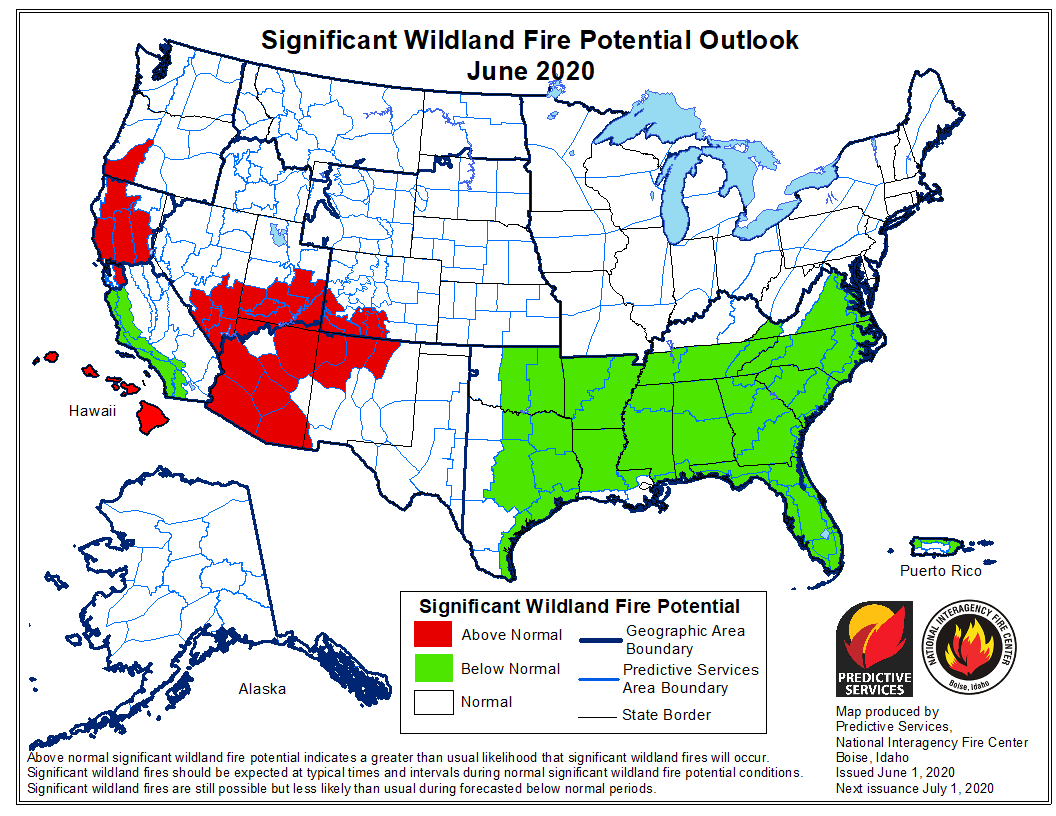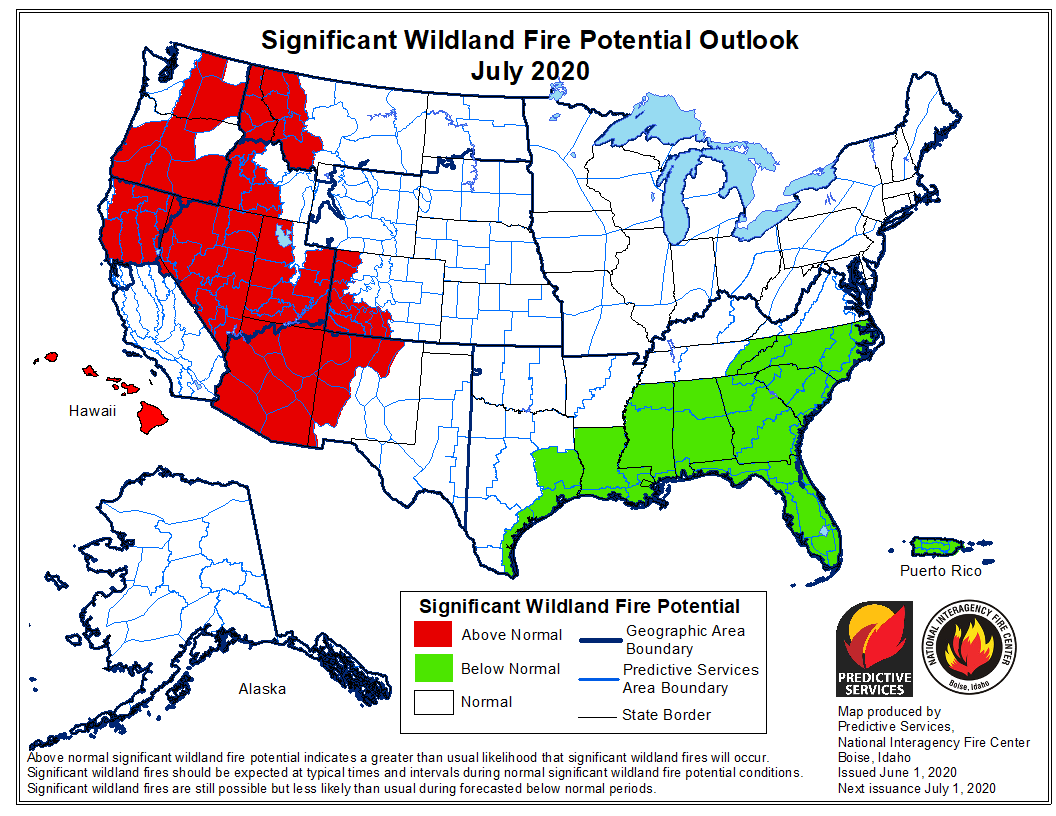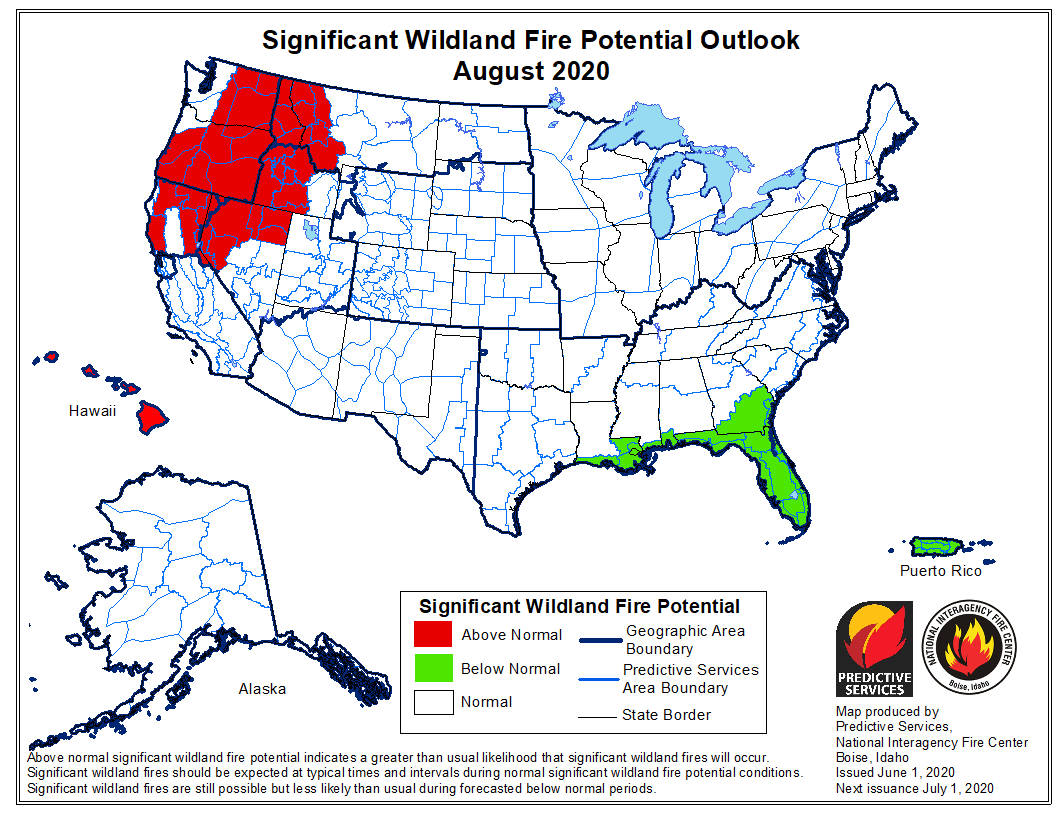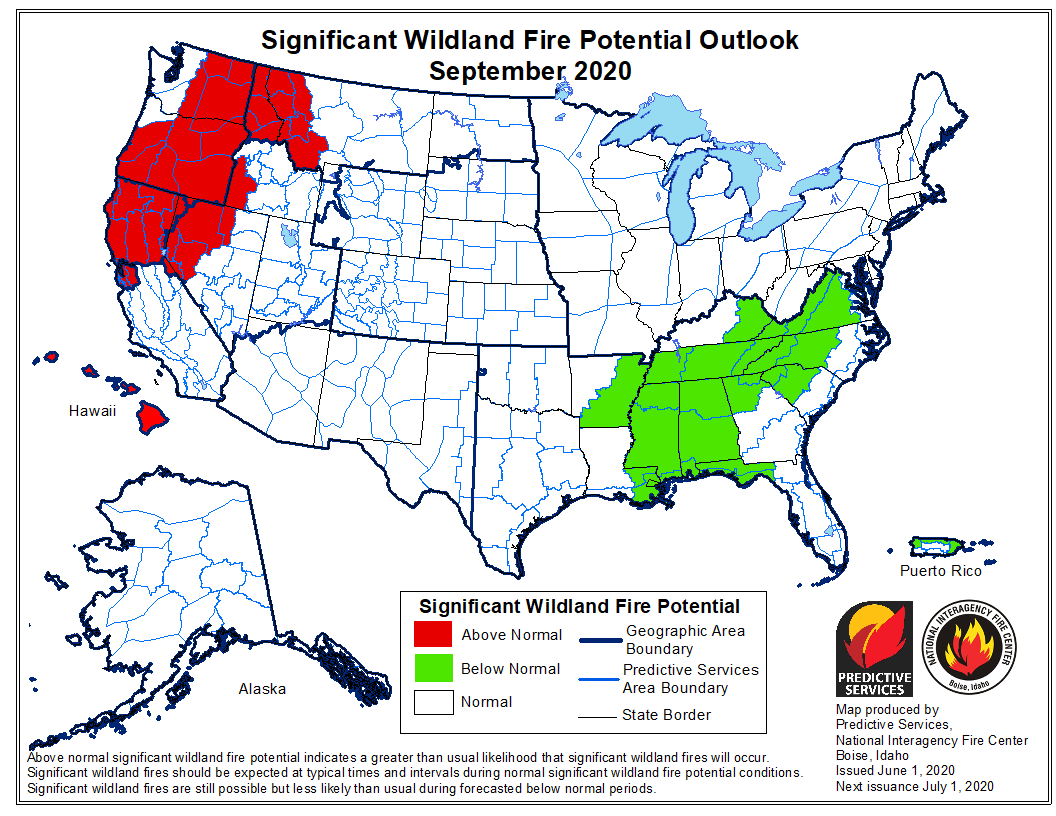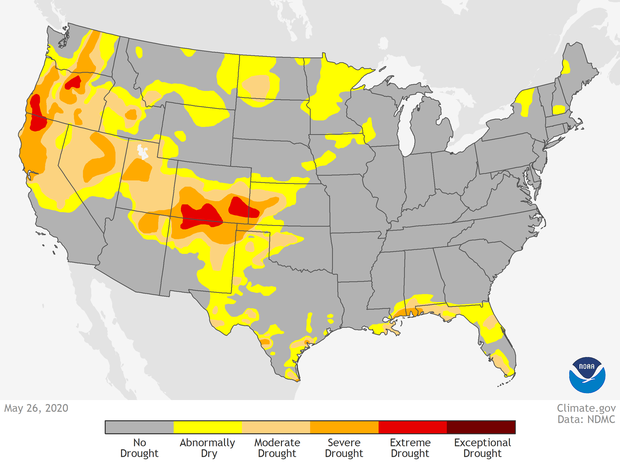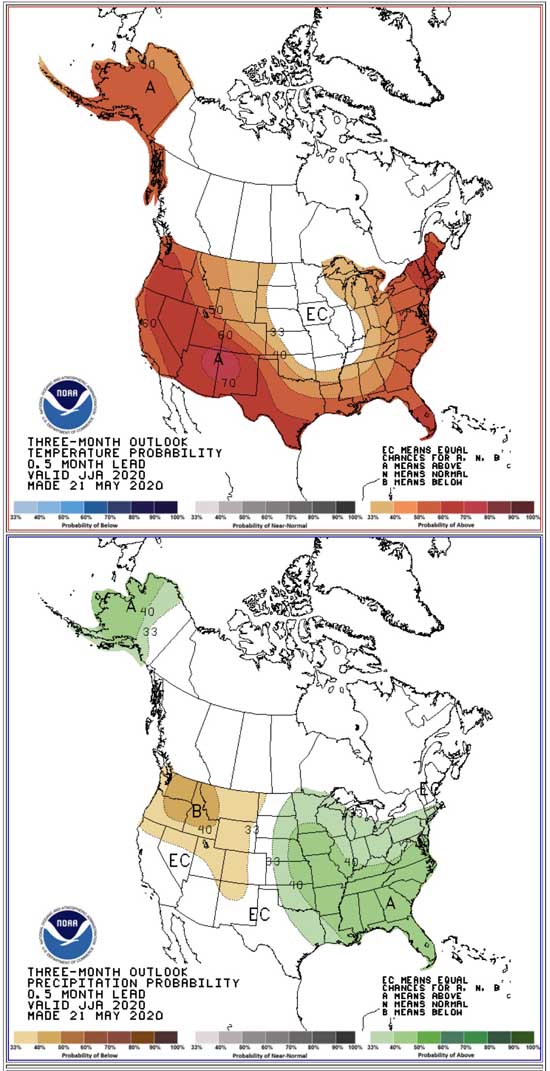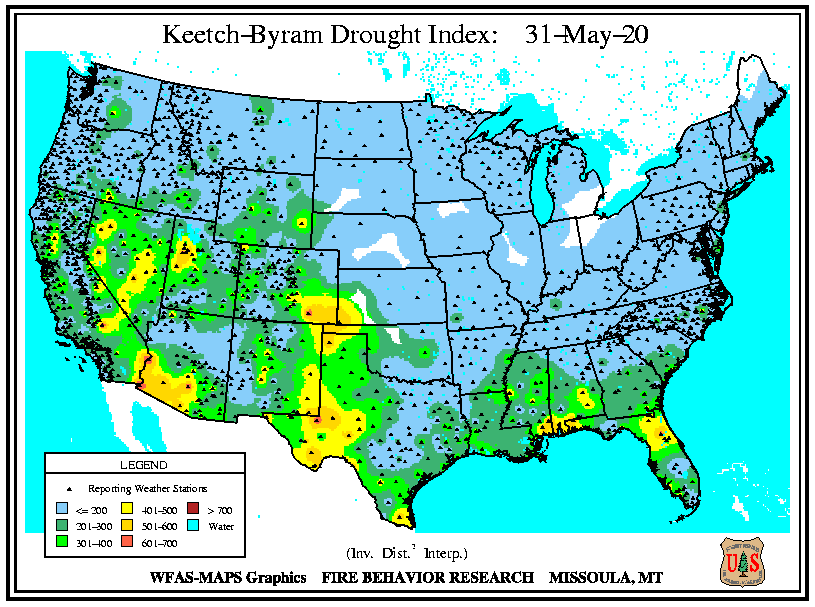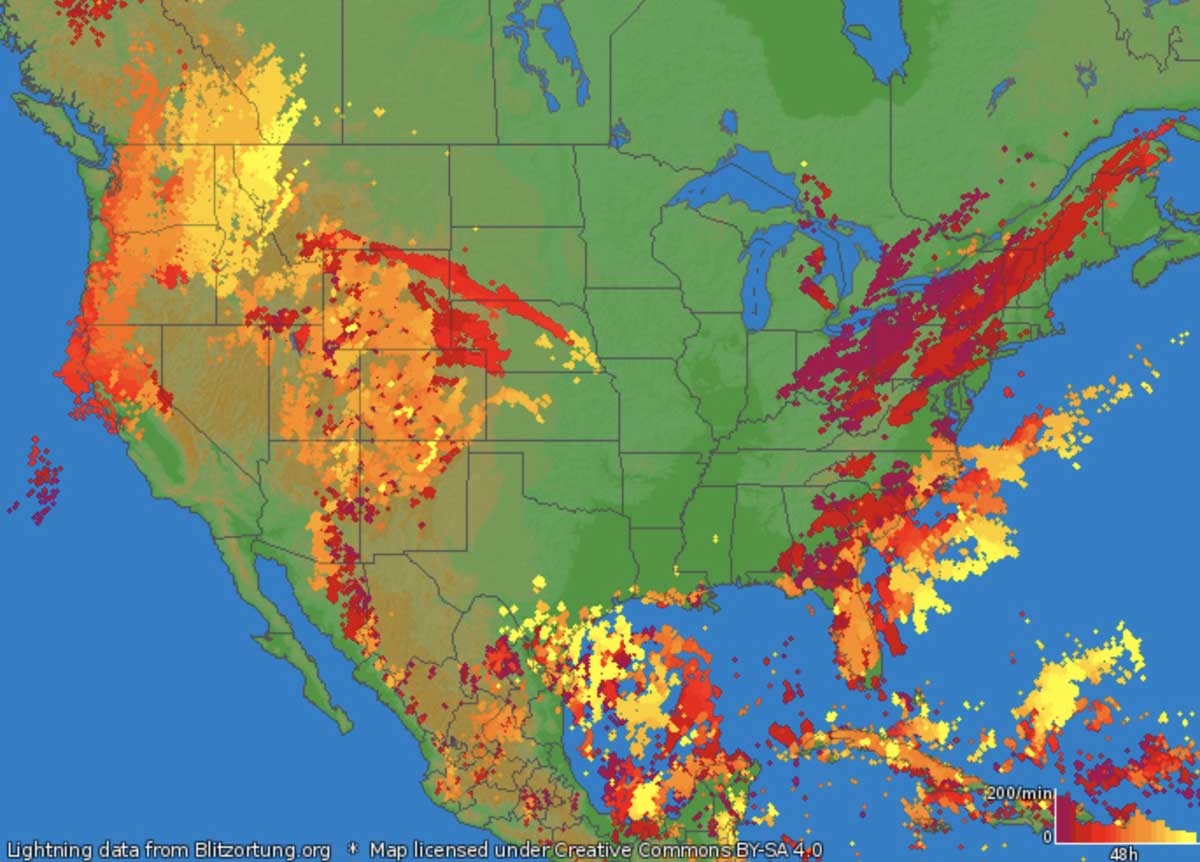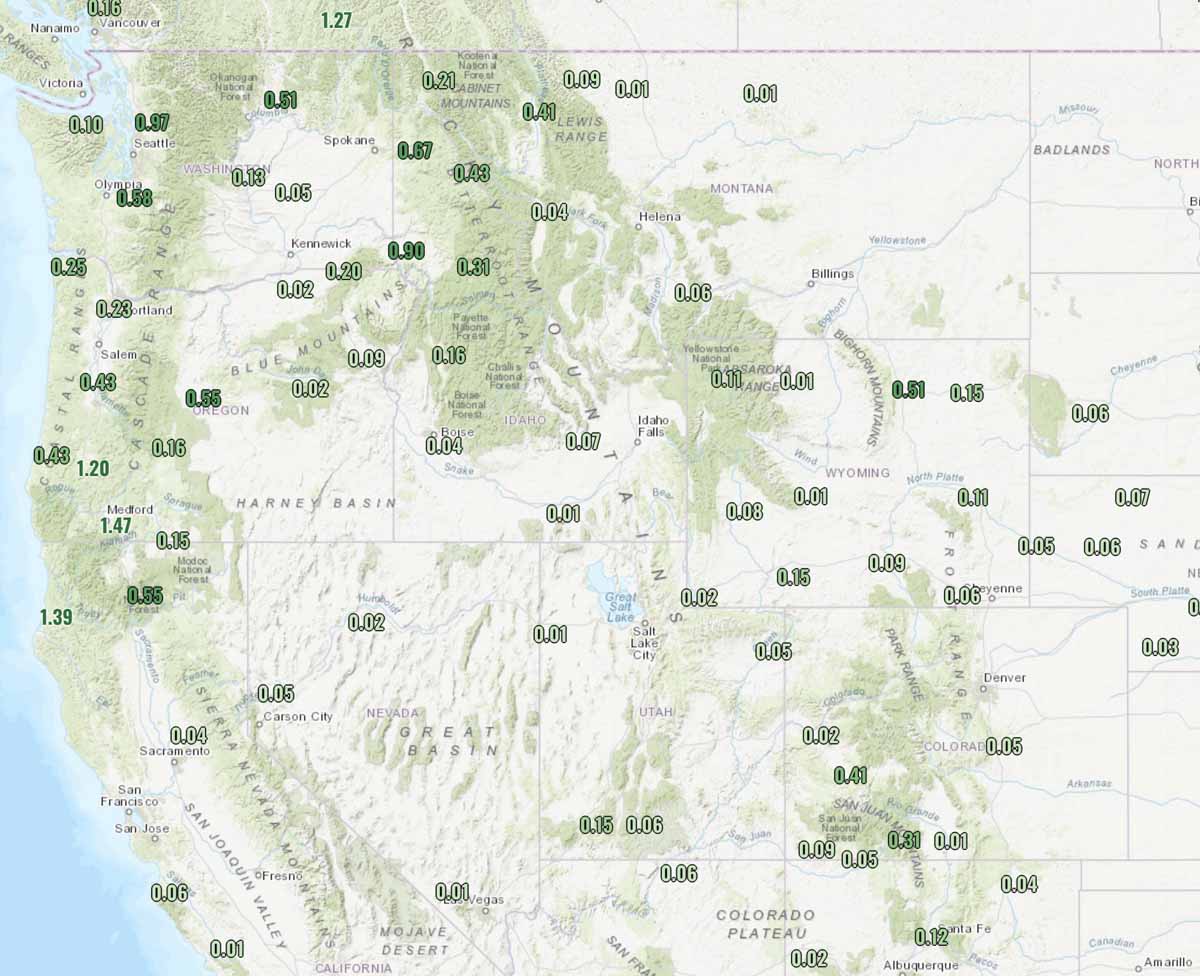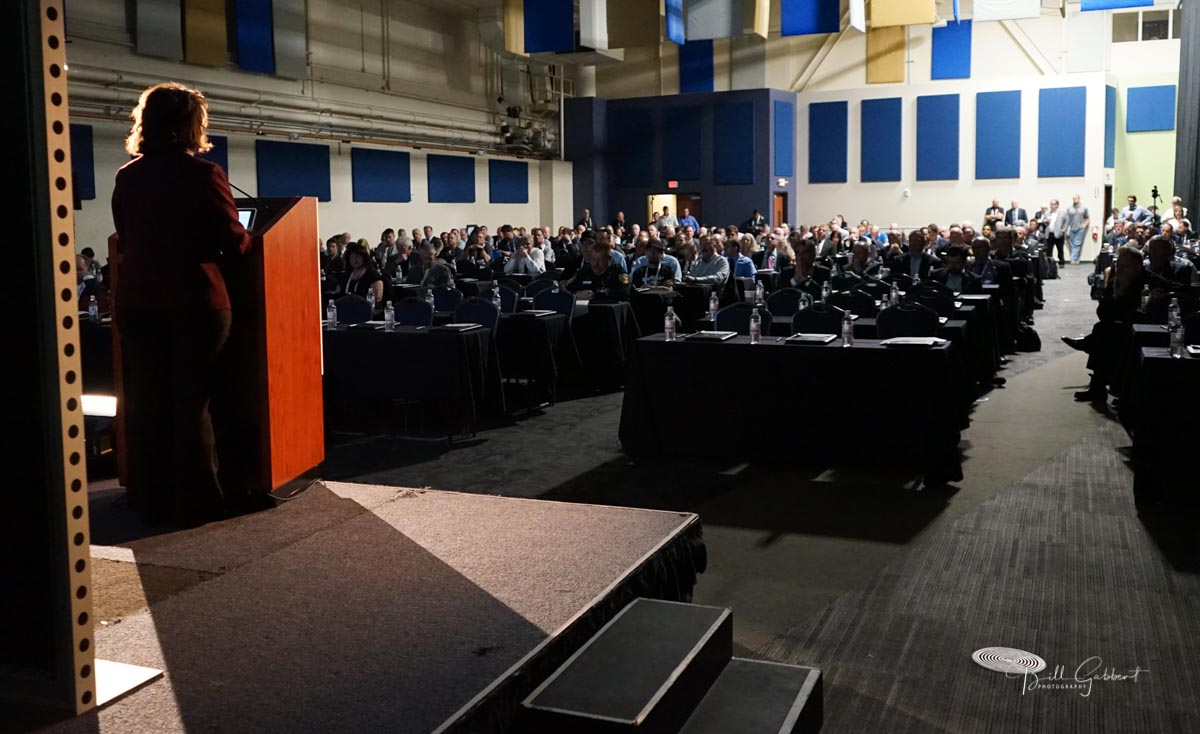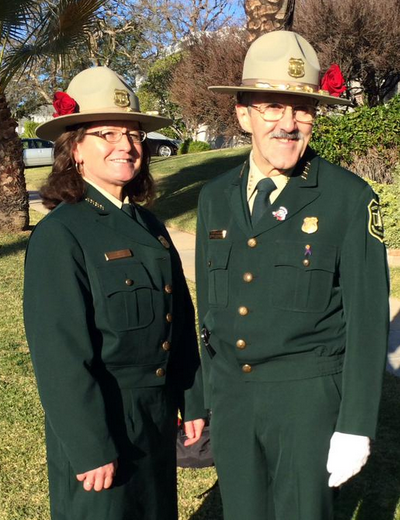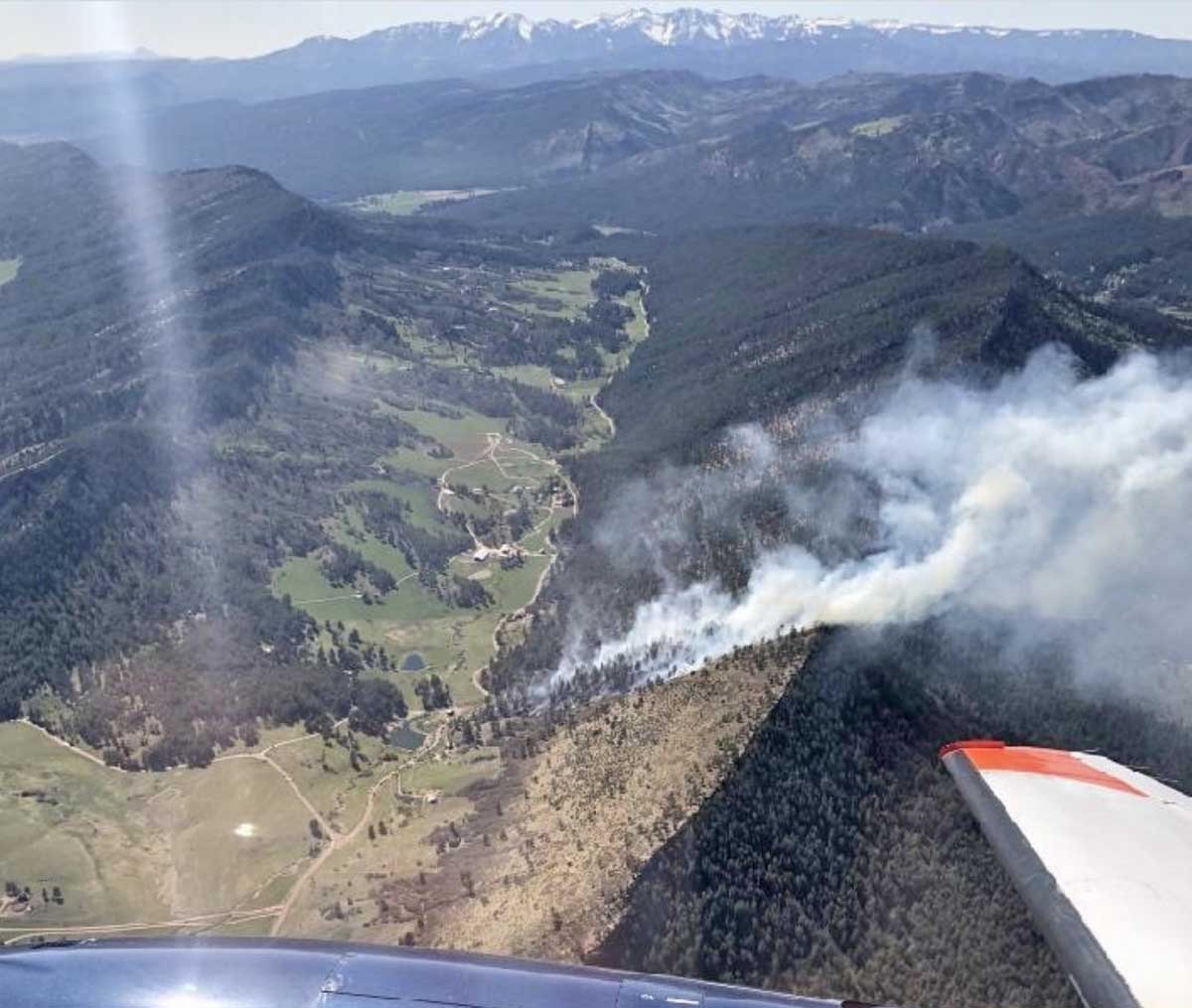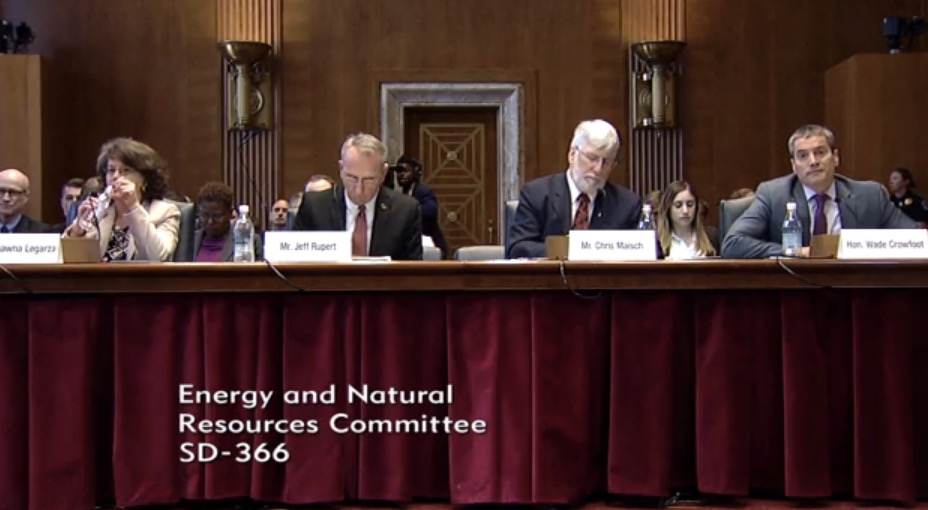
The Senate Energy and Natural Resources Committee will hold a hearing at 10 a.m. EDT June 9, 2020 on “Wildfire Management in the Midst of COVID-19”. It will be webcast live on the committee’s website, and an archived video will be available shortly after the conclusion. Written witness testimony will be available on the website at the start of the hearing.
This could be very interesting, depending on what questions the Senators ask and if they follow up when the witnesses give vague or evasive answers. In 2019 Shawna Legarza, the Forest Service Fire and Aviation Director, was one of four on a panel. If she appears this year it will be with only 21 days remaining before her announced retirement date.
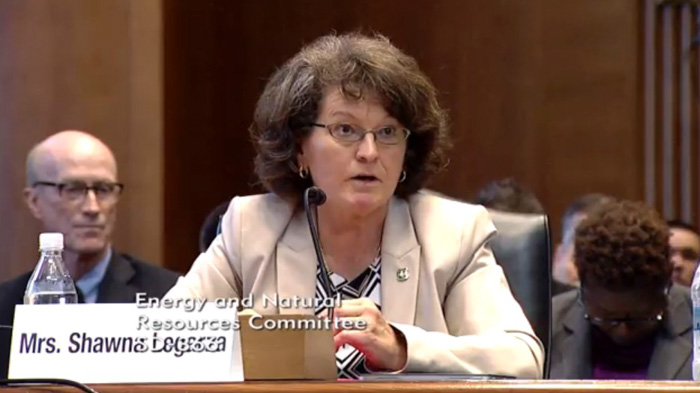
This committee regularly holds hearings about the activities of the land management agencies, but also has hearings specifically about wildland fire topics. Senators sometimes press the Forest Service and the Department of the Interior agencies on topics such as the number of air tankers on contract, using technology to track fires and resources, transferring management of the Job Corps Civilian Conservation Centers from the FS to the Department of Labor, is the FS asking for enough funding to accomplish their goals, sexual harassment, and the outlook for the coming fire season.
Obviously this year the issue of fighting fire during the pandemic will come up. Another possible topic is accountability and lack of transparency for how decisions are made about contracting for firefighting aircraft and how taxpayers’ dollars are being used. Are they being spent wisely? When will they release the Aerial Firefighting Use and Effectiveness Study that has been going on for eight years? Launched in 2012 at a cost of about $1.3 million annually, the study is supposed to quantify the effectiveness of the various types of fixed and rotor wing aircraft used on wildfires. In FY 2017 for example, the most recent year with exact numbers available, the agency spent over half a billion dollars on fire aviation; $507,000,000. If ever completed the AFUE study could make it possible to answer the question: “What are the best mixes of aircraft to do any fire suppression job?” Data collected from this study and other sources would be used to inform decisions about the composition of the interagency wildland firefighting aircraft fleet — to use the best, most efficient, and effective tools for the job.
In hearings before the Senate Energy and Natural Resources Committee in 2018 and 2019 the Forest Service told the Senators the results of the study would be released “soon”. In another hearing in February, 2020 Forest Service Chief Vicki Christiansen again said it would be released “soon”. When pressed by Colorado Senator Sen. Cory Gardner, who last year made his opinion about the delay very clear, she said it would be released “this Spring”. Senator Gardner said, “Before June?”. She said, “Yes”. A clip from that exchange is below.
(Members of the Energy and Natural Resources Committee)
(The list of members of the committee was replaced with the more current link above)

